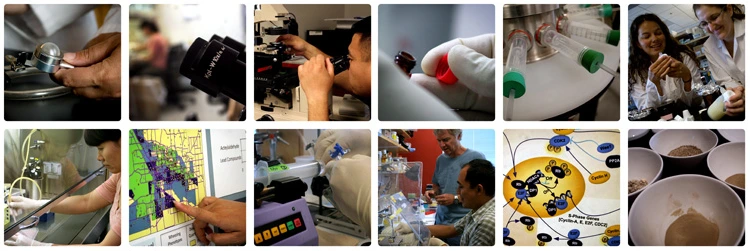Our Goal
Is to determine the contribution of chemical and other environmental exposures to the people living in arid environments
Our Focus
Is on exposures in arid environments, including but not limited to exposure to groundwater contaminants such as arsenic and inhalation exposures to dust caused by low humidity and high winds.

Highlights from Our Research
Collecting tree cores near established air monitors in Arizona and evaluating how closely annual metals concentrations in the tree rings predicted the EPA's standard of annual monitored ambient metals concentrations. While also exploring a new analytical laser technique to measure time series of metals within tree rings.
To learn more click here.
Dr. Beamer’s team developed a bilingual data and sample collection and management tools and infrastructure for launching our clinical trial to reduce volatile organic chemical exposures in small auto shops and beauty salons.
To learn more click here.
Assessing short-term exposures and risk perceptions on the Navajo Nation following the catastrophic Gold King Mine spill in 2015.
To learn more click here.
Analyzing epigenomic changes resulting from exposures to smoke in firefighters in order to provided expertise in examining the effects of arsenic exposure on the lung microbiome.
To learn more click here.
Evaluating the effects of dietary components of inorganic arsenic (iAs) intake on serum MMP-9 concentration at differing levels of tap water As and the resulting health effects on both sides of the US-Mexico Border.
To learn more click here.
A characterization of the immune profiles of Amish and Hutterite schoolchildren. The use of mouse models of asthma to study the effect of the environment on airway responses and to create a mechanistic framework for the interpretation of the observations in humans.
To learn more click here.
